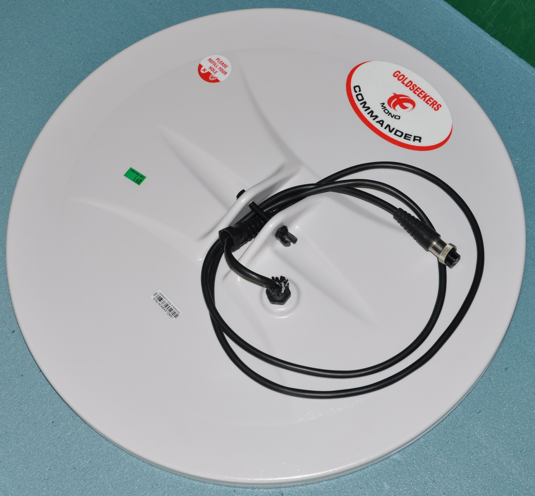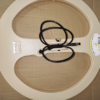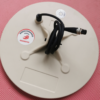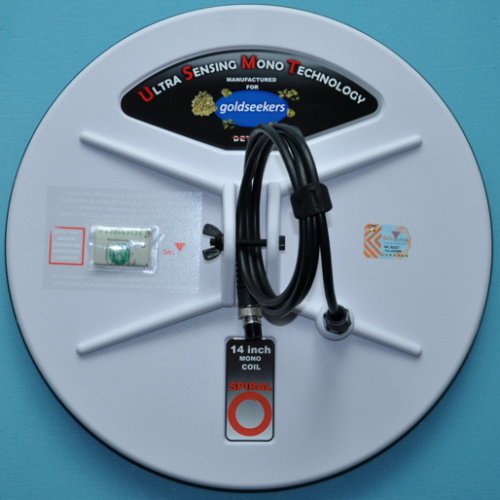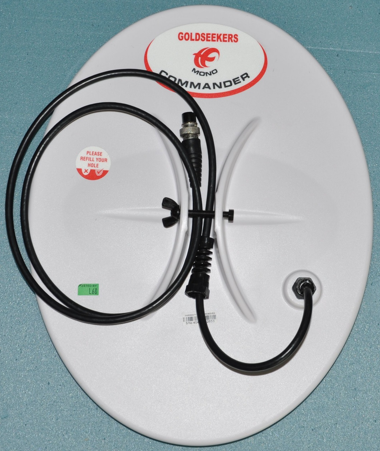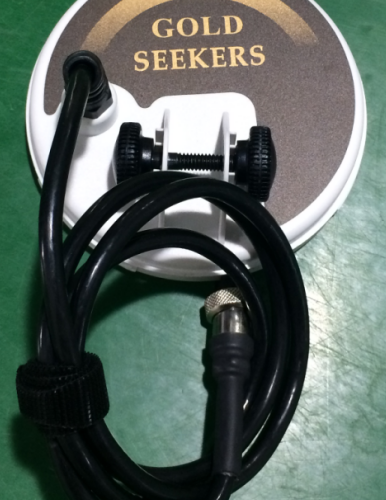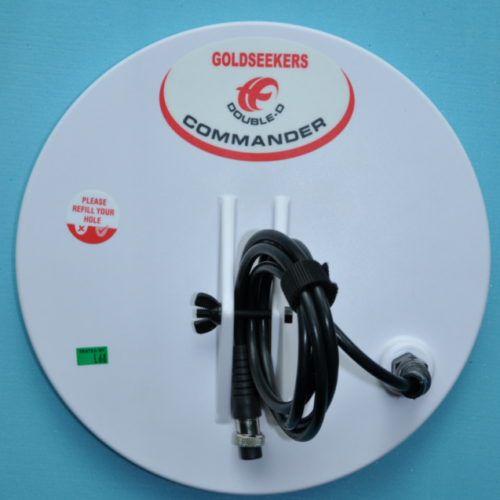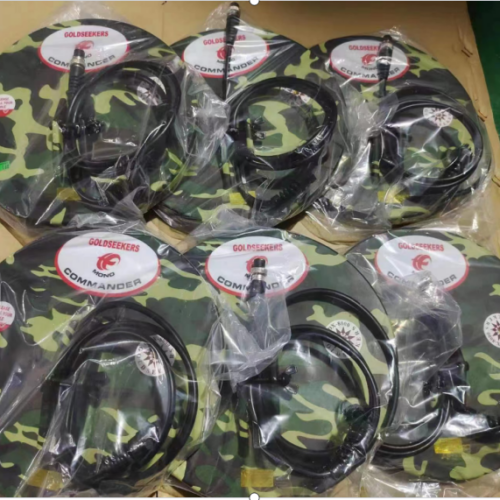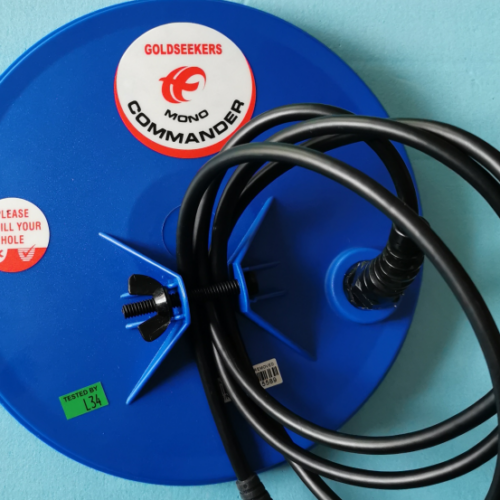18 inch mono coil in pure color metal detector circuit.
The 18 inch mono coil in pure color metal detector circuit is used for the detection of coins, jewelry, and other metallic objects. The coil is constructed from copper and it has an impedance of 2-Ohm. This allows it to be sensitive enough to detect small changes in electrical energy which indicate the presence of a metal object.
The coil is connected to a switch that controls the flow of current through the coil. This allows you to turn off the power when not needed. The switch also provides a means for switching between different coils if necessary.
1. Introduction
If you are looking for a new metal detector circuit, then you should consider this 18 inch mono coil in pure color metal detector circuit. This is a very good quality product that has been designed with great care and attention to detail. It comes with all the accessories that you need to get started on your project with the best possible results. It is also very easy to use and install, so you can start using it right away without any problems at all. The only thing that this product does not have is an instruction manual or any other documentation, but we believe that it does not need one as long as you have an idea of what you are doing and how these products work. The price for this product is quite affordable and affordable compared to other similar products out there in the market today.
2. Product Description
3. Product Features
18 inch mono coil in pure color metal detector circuit.
The 18 inch mono coil in pure color metal detector circuit is used for the detection of coins, jewelry, and other metallic objects. The coil is constructed from copper and it has an impedance of 2-Ohm. This allows it to be sensitive enough to detect small changes in electrical energy which indicate the presence of a metal object.
The coil is connected to a switch that controls the flow of current through the coil. This allows you to turn off the power when not needed. The switch also provides a means for switching between different coils if necessary.
4. Specifications and Measurements
5. Application Scenario and Use Case
6. Conclusion

